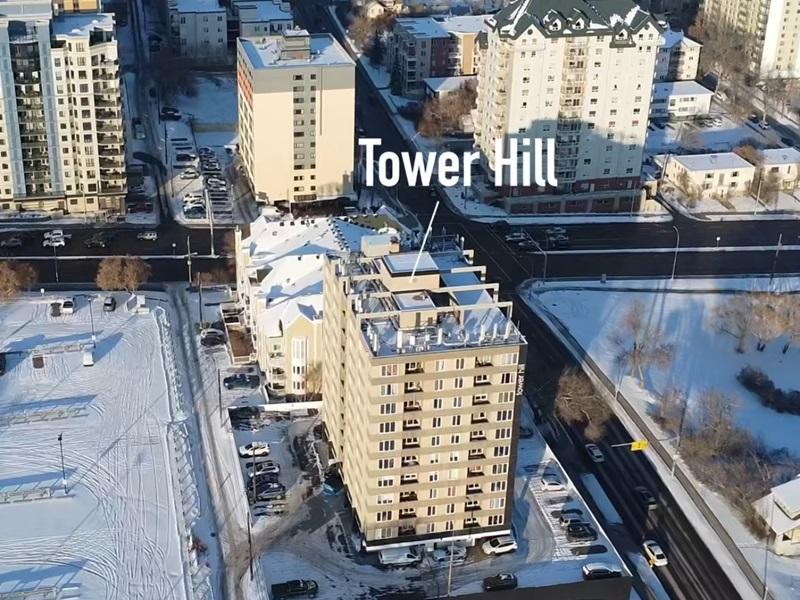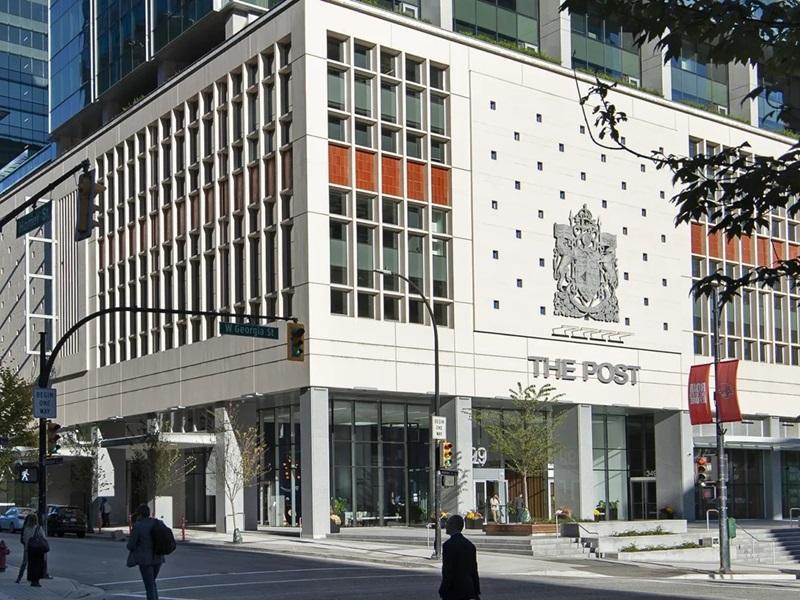
The overall ratio of the commercial property tax rate to its residential counterpart across 11 Canadian cities in 2023 increased from last year, according to a survey by Altus Group Ltd., further straining commercial real estate’s finances.
The annual review by Altus, a Toronto-based commercial real estate data firm, analyzes the difference between the rate of taxation of commercial properties compared to residential properties in major municipalities across Canada.
The national average ratio stood at 2.82 in 2023, meaning on average a commercial property paid 2.82 times the property tax of an equally valued residential property. It marks a rise from a ratio of 2.8 in 2022.
Canada’s largest cities like Toronto, Vancouver, Montreal and Calgary stood above the 2.82 ratio.
Altus focuses on Ontario’s stagnant property reassessment, which means the province is almost a decade behind on accurate taxation figures, favouring industrial properties over the commercial sector.
“While we acknowledge the budgetary challenges faced by governments, this is not about the size of the pie; it is about the fairness between the slices of that pie,” Michael Brooks, the CEO of REALPAC, which collaborates with Altus on surveys, said in the report.
"Property tax ratios of commercial-to-residential should not generally exceed a ratio of 2 to 1."
Municipal findings
The same six Canadian cities remained above the national average ratio from 2022: Calgary, Halifax, Vancouver, Toronto, Quebec City and Montreal.
The highest ratios were in Quebec, with Montreal hitting a national high at 4.33 and Quebec City trailing behind at 3.53.
Montreal’s ratio increased by six per cent from last year, which was the second-highest increase across the 11 cities.
Altus said Montreal’s reassessment resulted in greater assessment increases for residential properties than for non-residential because the municipality reduced the tax rate for residential buildings more than commercial buildings.
Toronto saw a decrease in its tax ratio to 3.26, continuing its decrease since 2013. Ottawa’s 2.42 ratio kept it below the national average, which it has done since 2010.
Ontario’s commercial-to-residential ratios are currently checked by provincially mandated ranges of fairness.
However, Altus said “the failure to reassess has increased unfairness and uncertainty in taxation,” which has led to calls for reform of the assessment system.
Vancouver’s ratio saw a 2.34 per cent decrease from 2022 because of the rise in residential tax rates, but still hovered above the national average at 3.37.
The province fell below the average in 2020 due to removing the education portion of the tax rate and its return fuelled the increase in the ratio.
Calgary’s ratio spiked by 9.49 per cent to 3.36, the steepest increase in 2023, while Edmonton’s ratio shrank by 3.45 per cent to 2.59.
Saskatoon, Regina and Winnipeg’s ratios were below the national average at 1.61, 1.50 and 1.93, respectively.
Saskatoon and Regina are said to have had the “most equitable commercial-to-residential ratios in our study” since 2017. Winnipeg saw a small increase of 0.49 per cent to 1.93 from 2022 to 2023.
Halifax’s ratio rose to 3.10 after increases in 2022 and 2023.
The report said the 2023 rates and ratios do not capture the impact of the new commercial tax policy introduced by the Halifax Regional Municipality for the 2023 taxation year.
Ryan Fagan, the head of operations and technology of Tax Canada at Altus, said in a release it is crucial for governments to take a “proactive approach in addressing shifts in property values while maintaining tax fairness for both commercial and residential property owners.
Placing a spotlight on Ontario’s reassessments
Altus highlighted Ontario’s reluctance to progress with property assessment reform with no reassessment to take place in 2024 and no timeline for the next assessment update.
Ontario’s assessments in Ontario will be nine years out of date, Altus said, while most regions in Canada are reassessing properties annually.
Delaying the reassessment will mean higher property taxes, which affects the commercial sector disproportionately. Some commercial properties may be paying up to 50 per cent more than they should, Altus writes.
This is impacting business property owners as the inability to predict property tax costs hurts businesses, Altus said.
“Jurisdictions such as Ontario need to consider more frequent property reassessments to align with market dynamics,” Fagan said.










